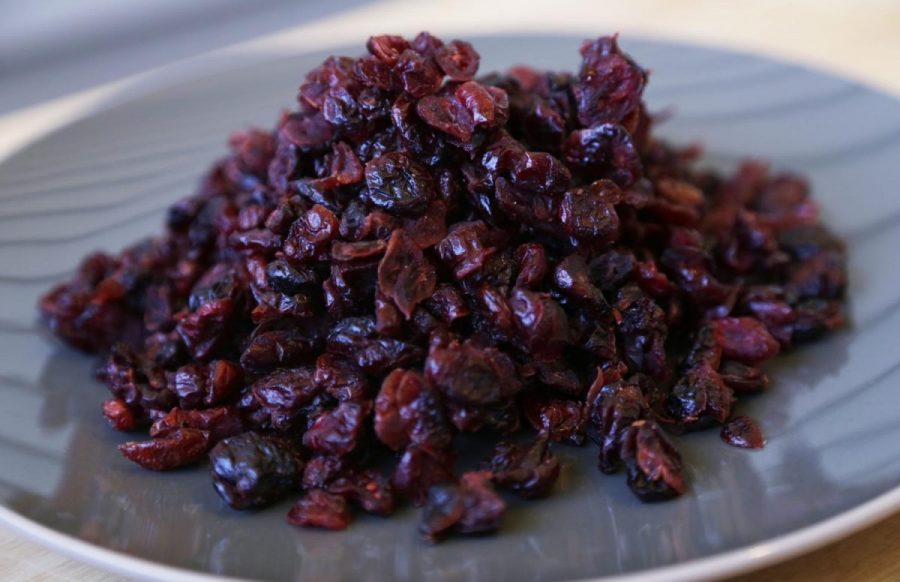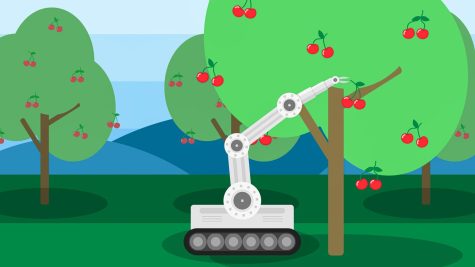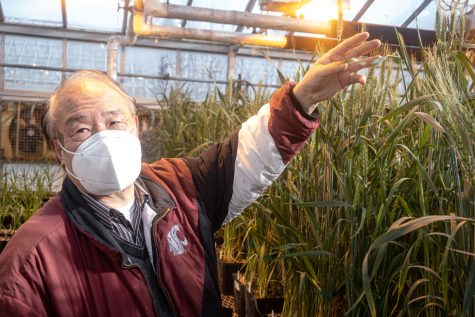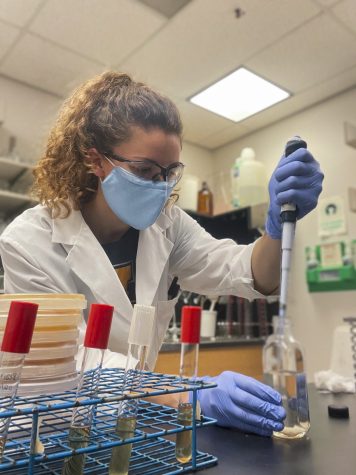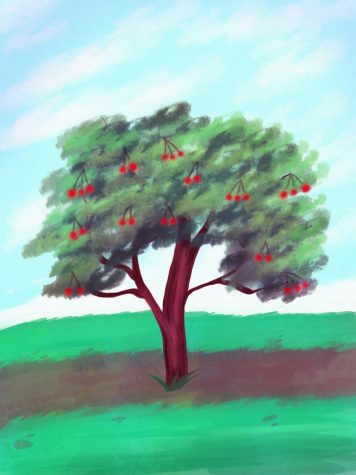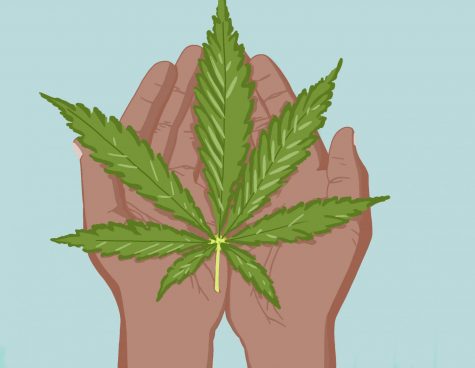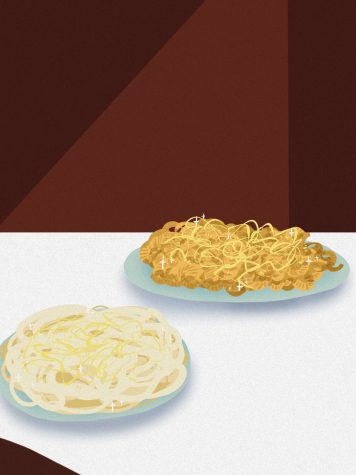Mulch by any other name may not be as organic
Upcoming research will produce environmentally-friendly mulch for organic farms; alternative likely to cut costs for farmers
Biodegradable plastic mulches are used by conventional growers, but not by organic production because the mulch uses genetically modified organisms.
September 30, 2021
WSU scientists are working to produce a biodegradable alternative to plastic mulch for organic farmers.
Mulch is placed on the soil surface to suppress weeds, modify soil temperatures, reduce soil water evaporation and keep fruit from resting directly on the soil, said Lisa DeVetter, College of Agricultural, Human, and Natural Resources assistant professor of small fruits.
Biodegradable plastic mulches are used by conventional growers, but not by organic production because the mulch uses genetically modified organisms, DeVetter said. Organic farmers are also not able to use several other biodegradable mulches.
Hydromulch is created by using organic material that hardens on the surface of the soil, DeVetter said. The project will figure out which plant-based materials are best to create hydromulch. Preliminary trials from other research groups have used liquid paper as a mulch and sprayed it on the soil surface.
Hydromulch will be made by taking a specific material, putting it in water to agitate it and then flowing it onto the surface of the soil, DeVetter said. WSU researchers may test paper, as well as materials like flaxseed, hemp, linseed and wood fibers.
After figuring out what the best materials are, the researchers will determine how much mulch needs to be applied, DeVetter said. The mulch will be tested first on strawberries and then later on commercial organic farms to get feedback.
“The farmers, ultimately, they’re really important to make sure that it is something that can work on their farm,” she said. “So if there are any issues, we can modify it to fit the production system.”
The project officially starts Oct. 1 and will last four years, said Suzette Galinato, WSU School of Economic Sciences IMPACT Center assistant director. In the first years of the project, members of the team will create formulations of biodegradable hydromulch, which will be field-tested in Washington and North Dakota.
Growers are showing more interest in environmentally-friendly practices, Galinato said. Growers are also looking for cost-effective practices. If hydromulch increases productivity, farmers will be open to adopting it.
It is not yet known if the cost of the material will be more or less than the cost of plastic mulch, she said. The project will be analyzed economically in two different scenarios. In the first scenario, an enterprise budget process will estimate cost and returns for producing organic blueberry, onion and broccoli given standard production practices.
In scenario two, researchers will use budget analysis to see whether using hydromulch increases or decreases farm profit. The researchers will measure if there will be additional income, reduced costs, reduced income and increased costs. The net effect of these measures will determine if the hydromulch increases profit.
Galinato said she is expecting reduced labor costs because farms will not have to pull up the mulch and dispose of it like in plastic mulch. Plastic mulch has to be disposed of every growing season, and each season new plastic is applied.
“In the project, we will also check the benefits in terms of weed suppression and soil health,” she said. “Because these two things can have an impact on crop yield, that will, in turn, have an impact on farm income.”
All plastic mulch ends up in landfills, is burned or is stockpiled on the farm, DeVetter said. Plastic mulch is difficult to recycle because soil adheres to its surface and becomes a contaminant.
In the first year of the research, hydromulch materials will be developed with help from a scientist at Montana State University and applied to strawberry fields in Washington and North Dakota, DeVetter said.
The crops will be monitored and measured, and that information will be used to develop a formulation for commercial organic farmers in the third year. Years two and three will test blueberries, carrots and onions. Year four will focus on outreach and information delivery.
The organic industry is continuing to expand, DeVetter said, which is increasing the market for hydromulch. Even conventional farmers are excited about the development of hydromulch because of the cost of removing plastic mulch.
The hydromulch will not be produced using proprietary materials or processes, Galinato said. The hydromulch formulation that is developed will be open-source, meaning farmers will be able to use the hydromulch and adapt it according to their needs.
The researchers are focusing on using materials that are locally available, so farmers can make it on their own by sourcing their own materials, DeVetter said. The researchers are working with scientists from North Dakota, Minnesota, Montana and Oregon on the project.
“So, right now, we’re just at the very beginning,” DeVetter said, “but by four years, we’re hoping we’ll have information and tools that we can deliver to growers in the organic industry.”

